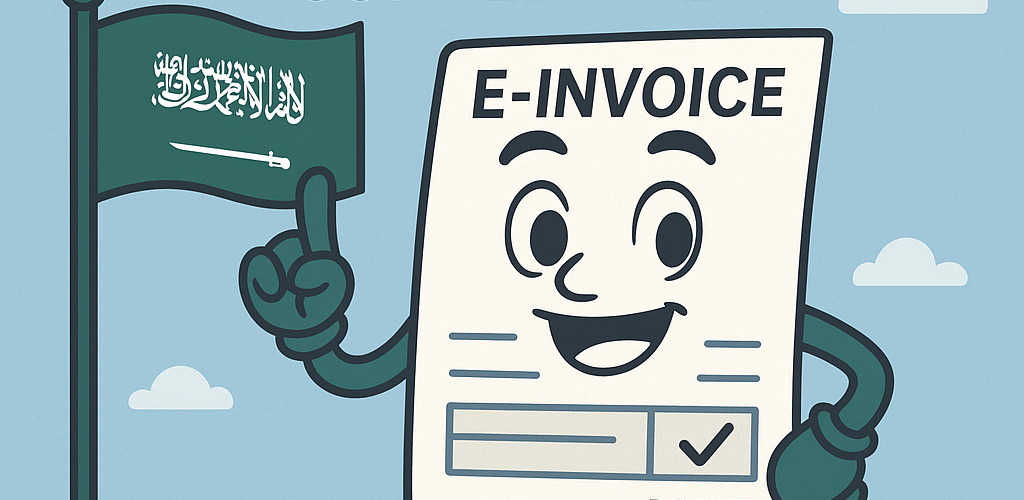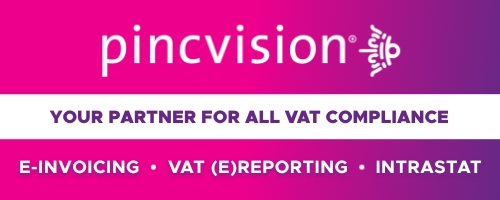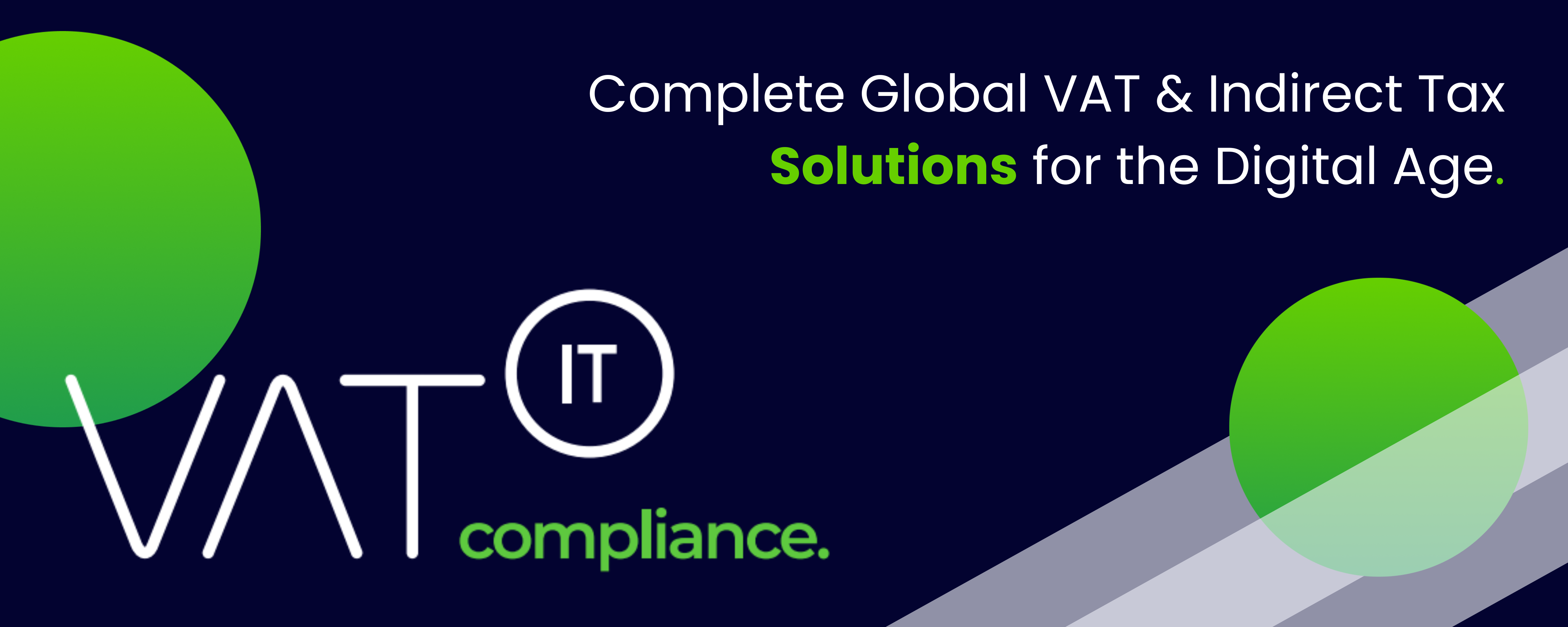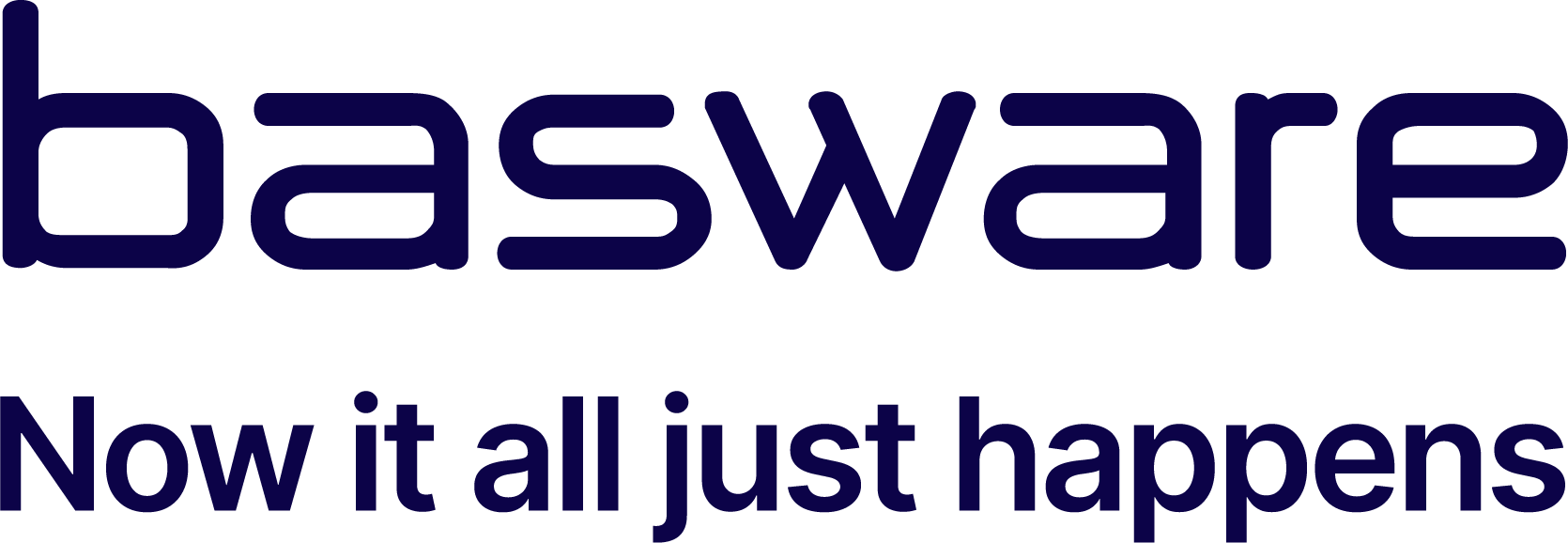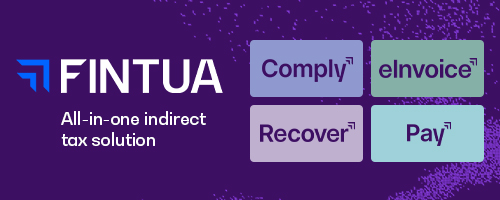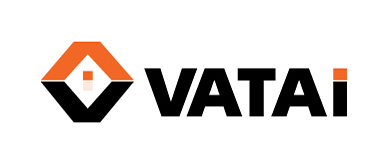This briefing document summarises the key themes and important information regarding the mandatory electronic invoicing (e-invoicing) system in Saudi Arabia, implemented and overseen by the Zakat, Tax, and Customs Authority (ZATCA).
Key Themes:
- Mandatory Digital Transformation: Saudi Arabia has transitioned from paper-based or manually generated invoices to a mandatory digital e-invoicing system.
- Phased Implementation: The rollout is structured in two distinct phases to facilitate a gradual transition for businesses.
- Centralised Platform (Fatoora): ZATCA’s Fatoora platform is the core infrastructure for managing and validating e-invoices.
- Enhanced Tax Compliance and Transparency: The primary objectives are to improve tax compliance, combat tax evasion, and enhance the transparency of financial transactions.
- Rigorous Technical and Security Requirements: E-invoices must adhere to specific formats, include mandatory data fields, and incorporate security features to ensure authenticity and integrity.
- Penalties for Non-Compliance: Failure to comply with the regulations carries significant financial penalties and other legal consequences.
- Waved Rollout for Phase 2: The integration phase is being implemented in waves based on businesses’ VATable turnover.
Most Important Ideas/Facts:
1. Mandatory E-Invoicing and its Purpose:
- Electronic invoicing is the “digital exchange of invoice documents between a supplier and a buyer.”
- ZATCA has “mandated the adoption of e-invoicing to enhance tax compliance and streamline financial transactions.”
- The e-invoicing project is called “FATOORAH and applies to B2B, B2C, and B2G transactions.”
- The system is designed to “enhance transparency, combat tax evasion, and streamline audit processes.”
2. Phases of Implementation:
- Phase One: Generation Phase (Effective from December 4, 2021):Requirement: Taxpayers must “generate and store electronic invoices and associated notes (credit and debit) in a structured electronic format.”
- Objective: To “Transition from paper-based to electronic invoicing systems to improve efficiency and reduce errors.” (Splendid Accounts)
- Key Action: Manual invoices are no longer accepted.
- Phase Two: Integration Phase (Commencing January 1, 2023):Requirement: Taxpayers “must integrate their e-invoicing solutions with ZATCA’s Fatoora Portal for real-time transmission and validation of invoices.”
- Objective: To “Enable seamless communication between taxpayers’ systems and ZATCA to ensure compliance and facilitate monitoring.”
- Process: This phase involves “integrating e-invoicing solutions with ZATCA’s e-invoicing systems (FATOORAH) and sending e-invoices for validation before issuance.”
3. The Fatoora Platform:
- The “Central to the e-invoicing initiative is the Fatoora Platform, developed by ZATCA.”
- It serves as the “hub for managing e-invoicing processes.”
- Functions include “Onboarding E-Invoice Generation Solutions (EGS)” and “CSID Management” to ensure the authenticity and integrity of invoices.
- It also provides “Integration Support” for businesses to align their systems with ZATCA’s requirements.
4. Compliance Requirements:
- Businesses must ensure their systems can “Generate Structured Invoices,” “Include Mandatory Fields,” and “Incorporate Security Features.”
- Mandatory fields include “seller’s details, tax amounts, and a unique invoice identifier.”
- Security features require “QR codes and digital signatures to verify their authenticity and prevent tampering.”
- Invoices must be generated in “XML format or PDF/A-3 (with XML embedded).”
- eSignature is “Required” or ZATCA will apply a “cryptographic stamp as a part of the clearance process” for tax invoices.
- Mandatory format is “UBL 2.1 KSA or Hybrid.”
- Invoices must be issued in “Arabic. Additional translations or languages may be included, but Arabic is mandatory.”
5. E-Invoicing Models:
- B2B E-invoicing: Operates under a “clearance model.” The invoice “must be validated in real time… and submitted to the tax authority for registration.” The invoice must be sent to the ZATCA platform “within a maximum of 24 hours via API.” Once validated, it can be delivered to the recipient.
- B2C Electronic Invoicing (Simplified Tax Invoice): The invoice must be sent to ZATCA “in electronic format within a maximum period of 24 hours.” ZATCA does not validate it in real time, but it “must include a QR code with data defined by the tax authority.”
6. Scope of Application:
- E-invoicing applies to “all taxable persons who conduct economic activities independently for generating income and are either registered for VAT in the Kingdom or required to register under the VAT Law and its implementing regulations.”
- This includes “B2B, B2C, and B2G transactions.”
- Non-resident businesses are exempt from this regulation.
- The obligation applies to “All resident taxpayers in KSA… with an annual turnover over a certain threshold.”
7. Phase 2 Waved Rollout:
- Phase 2 is being “Gradually implemented starting January 1, 2023” and is “being rolled out in stages based on business turnover.”
- “Waves are announced almost monthly, reducing the threshold for mandatory e-invoicing.”
- Taxpayers are notified individually and have “six months to comply with the integration phase requirements.”
- As of January 1, 2025, taxpayers with VAT-liable income exceeding 7 million Saudi Riyals in 2022 or 2023 were required to connect.
- Wave 22 mandates businesses with turnover exceeding SAR 1 million to integrate by December 31, 2025.
8. Archiving Requirements:
- E-invoices must be stored for a period of “seven years.” (EDICOM Global) or “6 years from the end of the tax period to which they relate.”
- Archiving Abroad is “Not allowed.”
9. Penalties for Non-Compliance:
- Failure to comply can result in “significant penalties, including fines ranging from SAR 5,000 to SAR 50,000 for violations such as: Not issuing electronic invoices, Omitting mandatory information, Using non-compliant systems.”
- “Repeated offenses may lead to increased fines and further legal consequences.”
- Specific penalties include:
- SAR 5,000 to SAR 50,000 for non-issuance or non-archiving.
- SAR 10,000 to SAR 50,000 for incorrect amendments or cancellations.
- Warning for missing QR code on simplified invoices or failure to report system issues.
- Penalties may be “doubled for repeat offenders.” (Fonoa)
10. SAF-T:
- “SAF-T or other accounting filings: No.”
- “Is SAF-T Needed in Saudi Arabia? No.”
11. Benefits of E-Invoicing:
- “Increased Transparency” aiding in tax compliance.
- “Improved Accuracy” reducing errors and streamlining transactions.
- “Enhanced Efficiency” speeding up processes and reducing costs.
- “Environmental Benefits” through reduced paper use.
- “Fraud Detection” by enabling real-time transaction tracking.
12. Role of ZATCA:
- ZATCA is the “Governmental Body Responsible for E-invoicing in Saudi Arabia.”
- They are the authority that “set a phased timeline for the mandatory adoption of e-invoicing.”
Important Note: While some sources provide specific turnover thresholds for different waves of Phase 2, it is crucial to remember that “ZATCA notifies taxpayers individually, and upon this notification, each taxpayer has six months to comply.” Businesses should consult ZATCA’s official resources and the Fatoora Portal for the most accurate and up-to-date information regarding their specific obligations and deadlines.
- See also
- Join the Linkedin Group on Global E-Invoicing/E-Reporting/SAF-T Developments, click HERE
Latest Posts in "Saudi Arabia"
- Saudi Arabia to Launch E-Invoicing Wave 24 by June 30, 2026
- Saudi Arabia Announces Criteria for 24th Wave of VAT E-Invoicing System Integration
- Mandatory Shipment Certificate for Imports to Saudi Arabia Starting October 2025
- Saudi Arabia Introduces VAT Refund Program for Tourists and GCC Nationals to Boost Tourism
- Saudi Arabia Launches VAT Refund Service for Tourists to Boost Economic Diversification and Tourism


